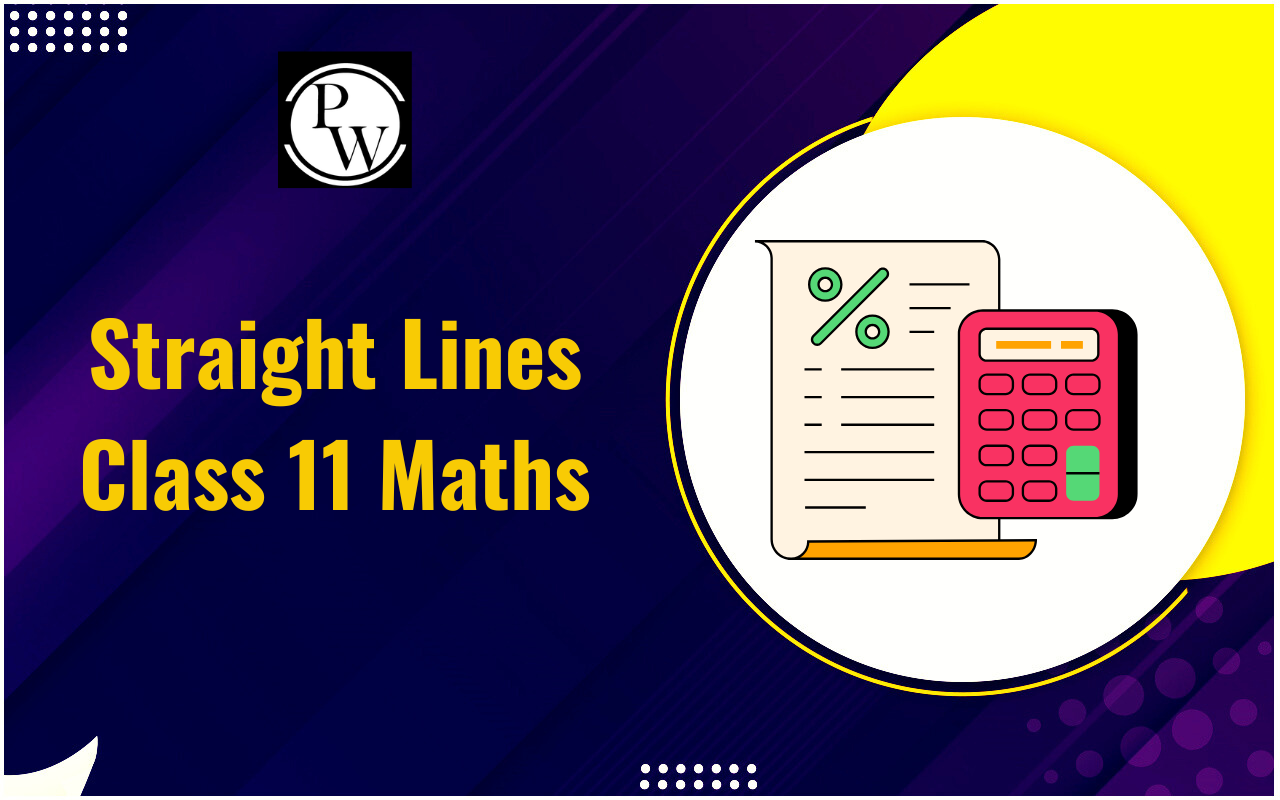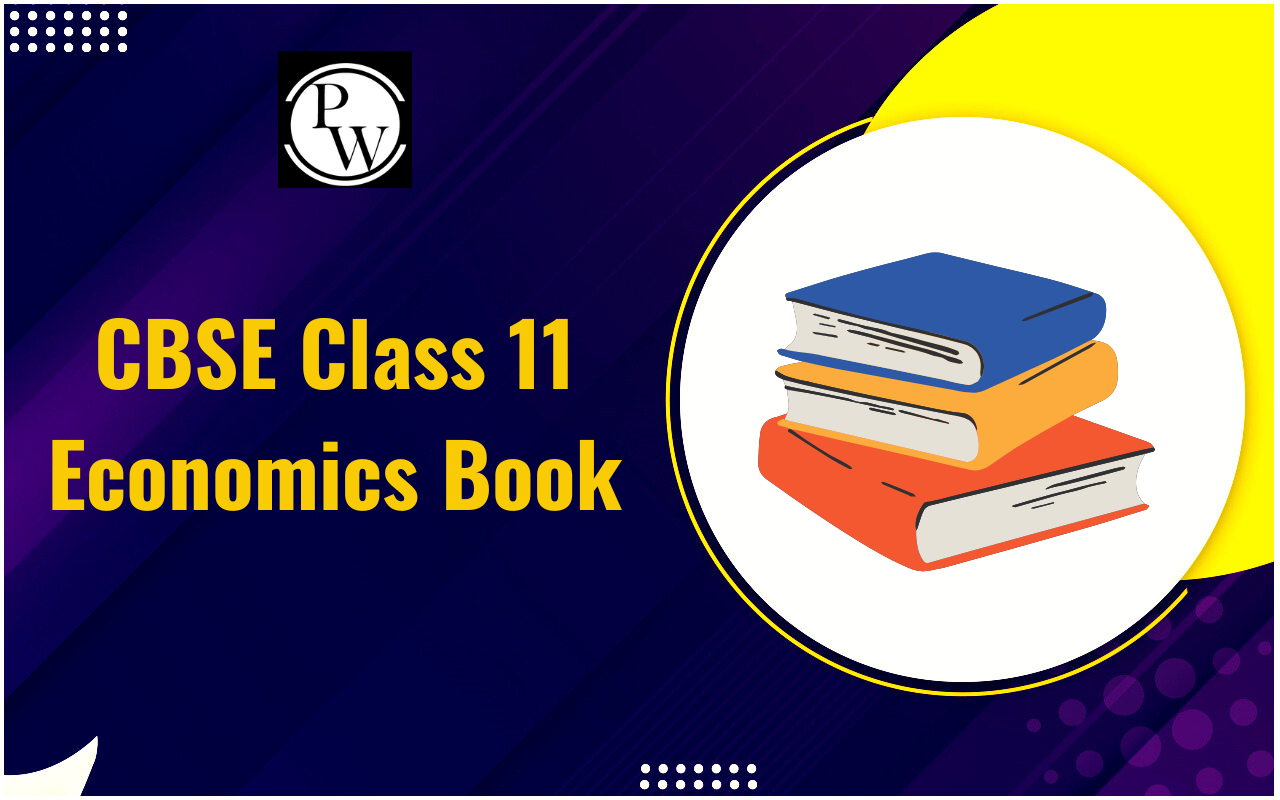
A break-even analysis serves as an economic tool to discover a company's cost framework or the number of units essential to offset expenses.
This analysis examines the relationship between fixed costs, variable costs, and revenue. Typically, a business with small, fixed costs will show an equally low break-even point in sales.Break-Even Analysis Meaning
Break-even analysis involves finding the moment at which the revenue of a company beats its total cost, marking the point when the project or business begins earning profits. This analysis includes examining the connection between the company's income, fixed costs, and variable costs.Elements of Break-Even Analysis
Fixed Costs:
Fixed costs, also known as definite costs, appear following the decision to start an economic activity. These costs are directly linked to the production level but not depending on the amount of production. Fixed costs cover various bills such as interest, taxes, wages, rent, capital costs, labor costs, and energy costs. Regardless of production levels, these costs stay constant, even in the lack of production, requiring their incurrence.Variable Costs:
Variable costs are expenditures that vary in direct proportion to changes in production volume. These costs cover expenses like raw material costs, packing costs, fuel, and other outlays directly connected with production.Break-Even Analysis Formula
The break-even analysis formula is expressed as: Break-Even Quantity = Fixed Costs / (Sales Price per Unit – Variable Cost Per Unit) In this formula:- Fixed Costs represent expenses unaffected by changes in output, such as salaries, rent, and machinery for building.
- Sales Price per Unit is the unit's selling price.
- Variable Cost per Unit denotes the variable cost associated with producing one unit.
Uses of Break-Even Analysis
Break-even analysis finds application across various sectors, including entrepreneurs, financial analysts, businesses, and government bodies. Entrepreneurs: For founders and entrepreneurs, this analysis is invaluable in establishing the minimum sales threshold required to cover costs, particularly crucial in the early stages of a business. Financial Analysts: Professionals in finance utilize this analysis as a key metric for assessing profitability and risk. They integrate this analysis into business valuations and recommendations. Investors: Investors leverage this analysis to evaluate the financial performance of companies, aiding them in making well-informed decisions about their asset portfolio. Stock and Option Traders: It is essential for traders in stocks and options, providing insights into the funds needed to cover transaction expenses. This analysis guides decisions on transaction allocation and identifies assets with higher profit potential. Businesses: Across diverse industries, businesses utilize this analysis to gain a comprehensive understanding of their cost structure, pricing strategies, and operational efficiencies. Government Agencies: Government entities rely on break-even analysis to gauge the financial viability of projects and programs, contributing to informed decision-making.Looking for the Best Commerce Coaching?
Enroll Now in PW Commerce Batches!
Advantages of Break-Even Analysis
The following are a few advantages of break even analysis: Identifying Overlooked Costs: It necessitates a comprehensive examination of both fixed and variable costs, unveiling any previously overlooked expenses. Revenue Target Setting: Upon completing break-even analysis, businesses gain insights into projected sales revenue necessary for achieving anticipated profits, aiding the establishment of clearer goals for sales teams. Informed Decision Making: The detailed data provided to top management through break-even analysis facilitates well-informed decision-making regarding business expansion or undertaking new contracts, incorporating considerations of sunk costs.Limitations of Break-Even Analysis
The following are a few limitations of break even analysis: Unrealistic Assumptions: Break-even analysis may be subject to unrealistic assumptions, such as a consistent selling price at varying sales levels and potential variations in certain fixed costs. Discrepancies Between Sales and Production: Exact alignment between sales and production is challenging, with factors like closing stock or wastage introducing variations. Complexity in Multi Product Businesses: For businesses offering multiple products, analyzing break-even becomes intricate as allocating fixed costs between products poses challenges. Variable Costs Fluctuations: The variable costs for products or services may not remain constant, and increased output levels may alter the bargaining power for procuring materials or services. Planning Aid, Not Decision Tool: It's important to recognize that break-even analysis serves as a planning aid rather than a decisive tool for making business decisions.Significance of Break-Even Analysis
Unit Sales Management: This analysis provides insights into the number of units required to be sold in order to cover costs. It involves evaluating the variable cost, selling price per unit, and total cost for an individual product. Budgeting and Goal Setting: Knowing the break-even point empowers companies to establish goals and set budgets more effectively. This analysis assists in creating realistic targets for the company. Margin of Safety Management: During financial challenges, a company's sales may decline. Break-even analysis helps determine the minimum sales needed to achieve profitability. Reports on the margin of safety enable management to make informed business decisions. Cost Monitoring and Control: Fixed and variable costs can impact a company's profit margin. Break-even analysis enables management to identify any fluctuations affecting costs, allowing for proactive monitoring and control. Pricing Strategy Development: Changes in product pricing can influence the break-even point. For instance, an increase in the selling price reduces the quantity needed to break-even, while a price decrease necessitates higher sales volume to achieve break-even. Break-even analysis aids in designing effective pricing strategies.Break-Even Analysis FAQs
How do you explain break-even analysis?
Break-even analysis is a tool that determines the point at which revenue equals total costs, indicating a balance between profit and loss.
How do you calculate break-even?
Break-even is calculated using the formula: Break-Even Quantity = Fixed Costs / (Sales Price per Unit – Variable Cost Per Unit).
What is the PV ratio?
The PV ratio (Profit Volume Ratio) is the ratio of contribution to sales and is calculated as (Contribution / Sales) × 100.
What is the break even ratio?
The break-even ratio is the proportion of fixed costs to total costs, expressed as Fixed Costs / Total Costs.
How to calculate fixed cost?
Fixed costs are calculated by adding all non-variable expenses that remain constant regardless of production levels.
Talk to a counsellorHave doubts? Our support team will be happy to assist you!

Check out these Related Articles
Free Learning Resources
PW Books
Notes (Class 10-12)
PW Study Materials
Notes (Class 6-9)
Ncert Solutions
Govt Exams
Class 6th to 12th Online Courses
Govt Job Exams Courses
UPSC Coaching
Defence Exam Coaching
Gate Exam Coaching
Other Exams
Know about Physics Wallah
Physics Wallah is an Indian edtech platform that provides accessible & comprehensive learning experiences to students from Class 6th to postgraduate level. We also provide extensive NCERT solutions, sample paper, NEET, JEE Mains, BITSAT previous year papers & more such resources to students. Physics Wallah also caters to over 3.5 million registered students and over 78 lakh+ Youtube subscribers with 4.8 rating on its app.
We Stand Out because
We provide students with intensive courses with India’s qualified & experienced faculties & mentors. PW strives to make the learning experience comprehensive and accessible for students of all sections of society. We believe in empowering every single student who couldn't dream of a good career in engineering and medical field earlier.
Our Key Focus Areas
Physics Wallah's main focus is to make the learning experience as economical as possible for all students. With our affordable courses like Lakshya, Udaan and Arjuna and many others, we have been able to provide a platform for lakhs of aspirants. From providing Chemistry, Maths, Physics formula to giving e-books of eminent authors like RD Sharma, RS Aggarwal and Lakhmir Singh, PW focuses on every single student's need for preparation.
What Makes Us Different
Physics Wallah strives to develop a comprehensive pedagogical structure for students, where they get a state-of-the-art learning experience with study material and resources. Apart from catering students preparing for JEE Mains and NEET, PW also provides study material for each state board like Uttar Pradesh, Bihar, and others
Copyright © 2025 Physicswallah Limited All rights reserved.
Get App









